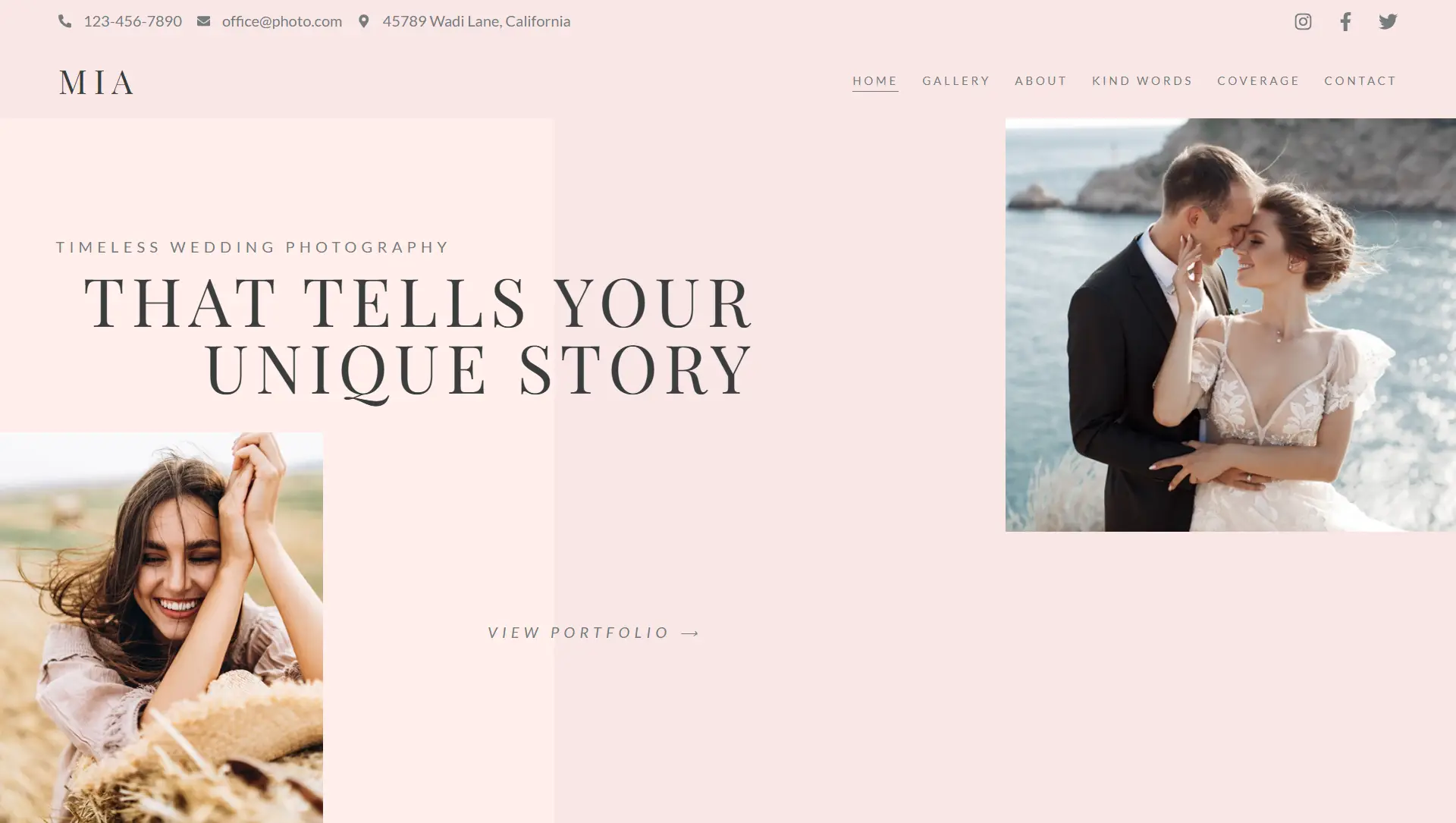This guide explains how to build a dynamic category page that displays post or product categories using Elementor’s Loop Grid or Loop Carousel. Visitors see category listings that update automatically based on the active category.
✅ Step-by-Step Process
Add a Loop Widget
Insert a Loop Grid or Loop Carousel into your template.
Under layout settings, select Post Taxonomy (or Product Taxonomy if WooCommerce is enabled).
Create the Loop Item Template
Elementor prompts you to build a template that represents each category.
Use dynamic tags for items like Archive Title and Archive Description to automatically pull category data.
Design Each Item
Place a heading widget with a dynamic Archive Title tag and remove contextual prefixes if needed.
Add a text editor widget with the dynamic Archive Description tag.
Enable Clickable Categories
Either make the container itself a link or add a clickable widget like a heading.
Use the dynamic Archive URL so visitors navigate to the correct category page when clicked.
Avoid nesting clickable elements within clickable containers to prevent conflicts.
Exclude “Uncategorized”
In the Loop Grid or Carousel settings, manually exclude the default “Uncategorized” category to keep listings tidy.
Add Category Images (Optional)
If you use WooCommerce or a custom field plugin to assign images to categories, insert an Image widget.
Set it to dynamically use the category image field so visuals correspond to each archive item.
Style & Publish
Adjust grid or carousel appearance: columns, spacing, pagination, navigation, responsive design, typography, colors, etc.
Save and set display conditions so the template applies to all category archive pages.
🎯 Why Use This
Automated Content: Categories populate themselves—no manual updates needed when new posts or products are added.
Customizable Look & Feel: Full control over layout style, spacing, and responsive behavior.
Interactive Navigation: Clickable categories create a streamlined browsing flow.
Visual Engagement: Optional images and styled layouts make category pages attractive and informative.
⚠️ Tips & Best Practices
Clickable Conflicts: Only one clickable layer per item—either use the container or an inner widget.
Cleanup Defaults: Hide generic categories like “Uncategorized” for clarity.
Performance Awareness: Carousel styles may need optimization for large category sets.
Reuse Logic: Same approach works for custom taxonomies or tag-based pages using dynamic tags.
🧠 Final Takeaway
Using Elementor’s Loop Grid or Loop Carousel tied to a category template, you can create dynamic, visually engaging archive pages that are automatically updated and fully styled—enhancing user experience without coding.




